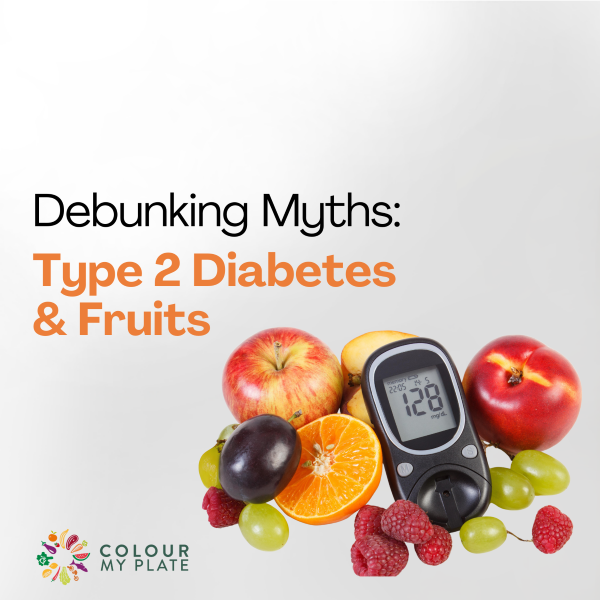
![]() 19 Jul 2024
19 Jul 2024
Living with type 2 diabetes often comes with a host of dietary restrictions and myths that can make managing the condition feel overwhelming. One prevalent myth is that people with type 2 diabetes should avoid fruit altogether due to its natural sugar content. However, this isn’t entirely accurate. In fact, incorporating certain fruits into your diet can be both safe and beneficial. Let’s dive into why people with type 2 diabetes can, and should, enjoy fruit as part of their balanced diet.
Fruits contain natural sugars, primarily fructose, and come packed with vitamins, minerals, and fiber. The fiber in fruit plays a crucial role in moderating blood sugar levels. When consumed in appropriate portions, fruits can be part of a diabetes-friendly diet without causing significant blood sugar spikes.
The key to enjoying fruit with type 2 diabetes is selecting low-sugar options and managing portions. Some of the best fruits for those managing diabetes include berries (blueberries, strawberries, raspberries, and blackberries), apples (with skin), citrus fruits (oranges, grapefruits, and lemons), peaches and plums, all of which are delicious and relatively low in sugar. It’s advisable to consume 1-2 servings of these low-sugar fruits per day, with a serving size typically being one small fruit, 1/2 cup of fresh fruit, or a handful of berries.
To prevent blood sugar spikes, it is recommended to pair fruits with a source of protein or healthy fat. This combination can slow down the absorption of sugar into the bloodstream. Here are some delicious and nutritious pairing ideas:
The myth that people with type 2 diabetes cannot enjoy fruit is just that—a myth. By choosing low-sugar fruits and pairing them with protein or healthy fats, you can enjoy the natural sweetness and nutritional benefits of fruit without compromising your health. Always consult with your dietitian or healthcare provider to tailor these recommendations to your individual needs. Embrace the vibrant world of fruits and enjoy a balanced, diabetes-friendly diet!

We noticed you haven't completed your delivery details.

Your message is sent